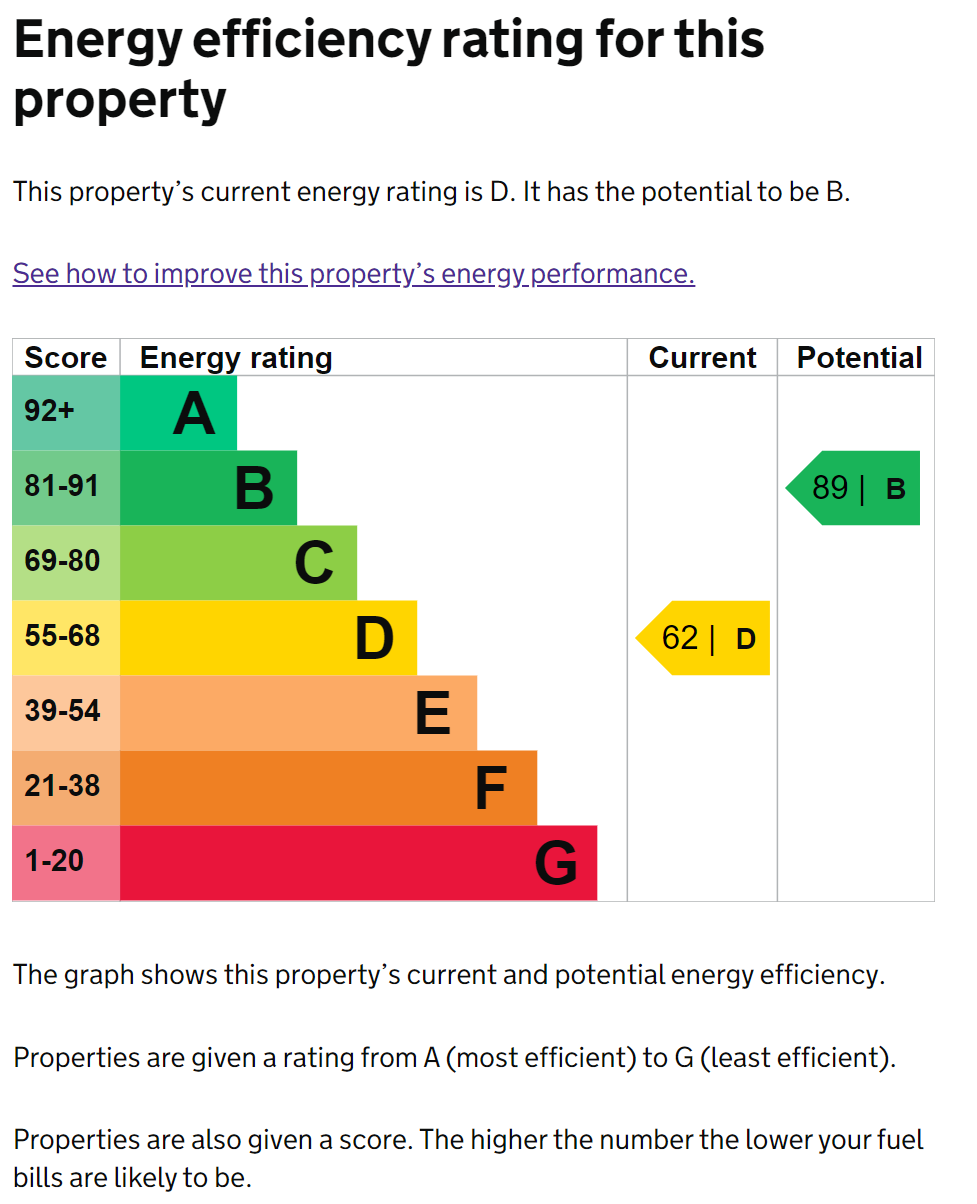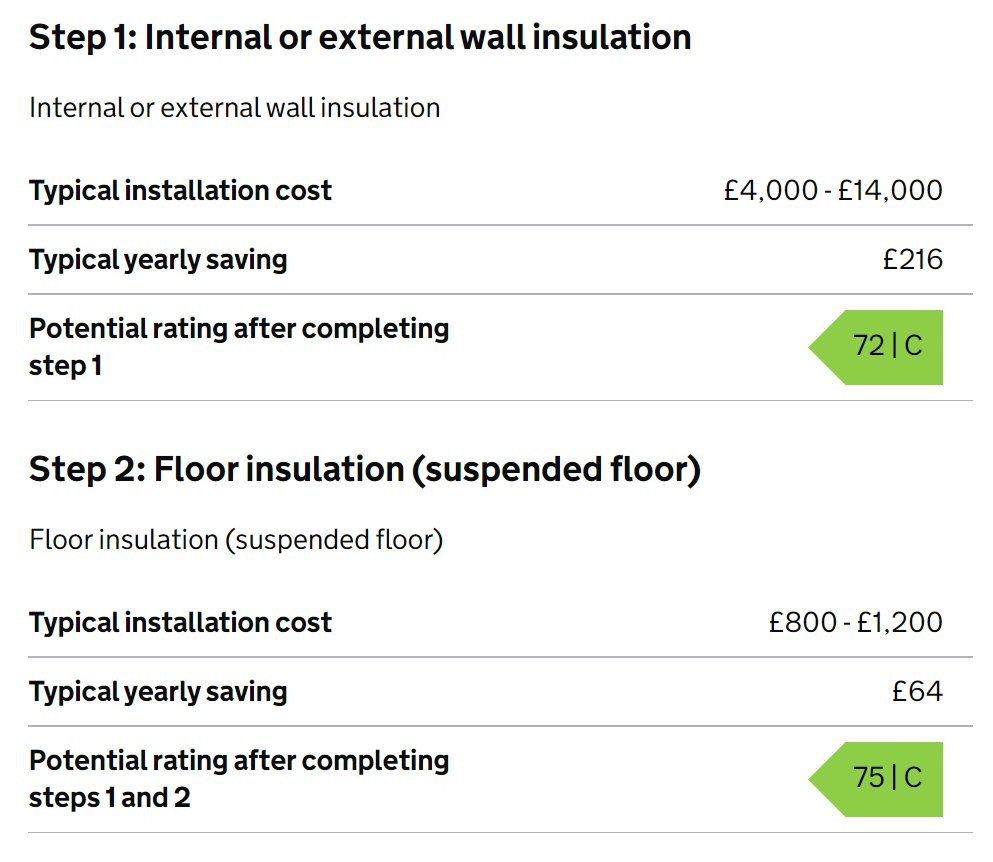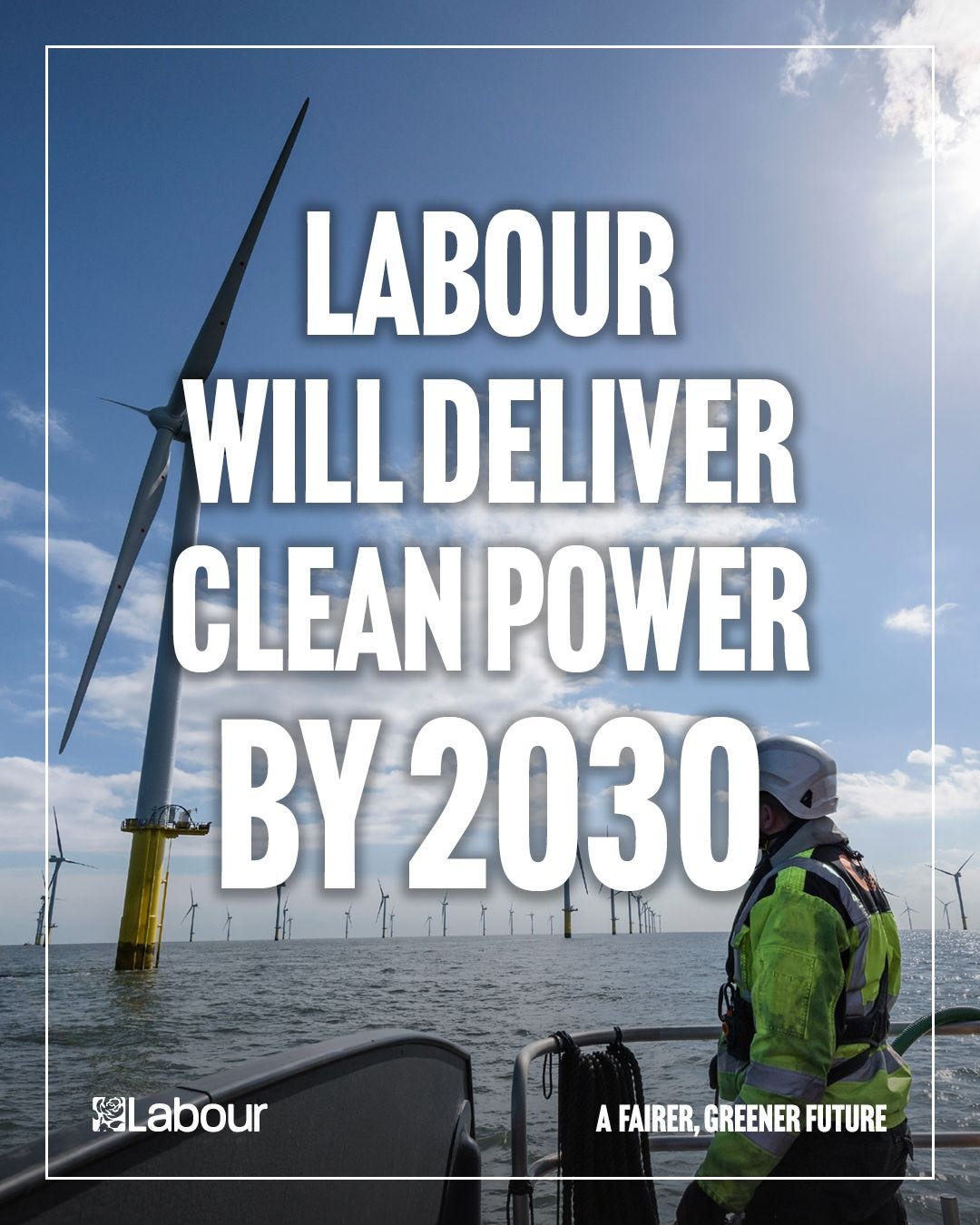The houses that Net Zero will destroy
Making your home compliant with Net Zero is going to be easy, right? Only if you have deep pockets and don't mind wasting the money.
One of my main observations of climate policy (but which is not unique) is that emissions reduction targets were created ‘legally-binding’ before any idea existed about how they could be achieved. According to the UK government’s analysis [PDF], 16 per cent of the UK’s emissions come from the residential sector. And this sixth of Britain’s emissions poses the most vexing challenge to the green agenda. To modernise a tenet of the unwritten constitution, if an English[person]’s home is [their] castle, how are you going to tell them what to do in it? How are you going to make them pay for the decision to put statute before the laws of physics?
The laws of thermodynamics ought to take precedence over laws that govern our central heating. And economics ought to have been the government’s (and so-called ‘opposition’ parties’) first considerations. And so, we might assume, a democratic mandate ought to have preceded the intrusion into our once-warm homes. But they were not.
The green agenda is the political establishment’s reality-defying stunt, but with us taking the risks for their scepticism of physics, economics and democracy. It’s a triplet that sounds like it ought to be an Oxbridge undergraduate degree, in which tomorrow’s statespersons learn that the assertion of material reality is colonialism, misogyny, homophobia and trans-hatred; that endless public and private borrowing is a good thing; that democracy means telling people what to do and anyone who disagrees is probably a Russian-funded fascist. None of which will explain how people do and will heat and power their homes, pay for it, and whether people will willingly participate in this self-destruction without onerous laws and draconian enforcement. The British public has an appointment with cold, hard, unforgiving reality, scheduled for it by its degenerate political classes.
I am somewhat in the market for a house. I say ‘somewhat’, because my options are limited by the fact of 25 years of the Westminster parties’ management of the economy means that a house built a century ago for factory workers in the city I grew up in would now require a literal lottery win to buy outright. Though I quite like the idea of moving to the remote regions of the country where house prices are not so insane, I need to be near-ish family and near work, and I would prefer, in not too dire a place. This is a modest expectation, it might seem. A 2-up-2-down within 2 hours drive of where I’d like to be will cost a lot of money, however, and the last year’s 10%+ increase in house prices — because house prices were the only thing to be protected by lockdowns — has pushed my options further away.
Anyway, the point of this personal whinge is that, despite looking at houses for a year on the popular property websites, I had somehow overlooked the Energy Performance Certificates (EPC) that estate agents are obliged to include in their marketing. Until now. And wow! Do they make a statement about Net Zero, or what?
Here’s an example from a said 2-up-2-down in the West Midlands…
The average UK home is an EPC D. So my potential new pad is in this respect quite average, as well as modest. Further detail informs me where the inefficiencies are.
Who wouldn’t want a more efficient home? Efficiency is a Good Thing, right?
But the devil is in the detail. Apparently the house requires substantial insulation.
Internal cladding means reducing the internal space by some 10cm on each wall. And for this outlay of between £4,800 and £15,200, I would receive energy savings of some £280 per year. So far my journey to efficiency would take 17.1 years and 54.3 years to repay. By which time I am very likely to be dead, of course, which is the ultimate state of efficiency. Dead people are very climate-friendly.
The next advice is that I replace the windows and install a solar water heating device of some kind on the roof.
On its own, the efficiency of the solar water heating will take between 1.53 centuries and 2.3 centuries to pay for itself, meaning I’d get my money back by the year 2252 — probably the year that we get our jetpacks and the world is finally powered by fusion.
My new green windows are a better deal, saving me £30 a year — payback within 47 years — 2069. Whoever I leave the house to will be most pleased, unless my rotting carcass is left there because the city and the country has been abandoned because Net Zero forced everyone who survived it into caves.
My hopes of living within the limits decided for me by an Excel spreadsheet on a computer inside a government department, designed for them by Professors of Carbonology at the University of Wankford, are starting to disintegrate.
The final step is to find room on the roof beside the solar water heating thing for some PV panels.
For between £3,500 and £5,500, I save £340 a year, paying back my ‘investment’ in some time between 10.3 years and 16.2 years — by which time the panels will need to be replaced.
But now I have an EPC grade B home at a total cost of between £12,300 and £26,700, saving me £676 per year, or paying back the sum within 18.2 years and 39.5 years.
This sum is significant. It represents between 10% and 30% of the price of equivalent (i.e. modest, 2-up-2-down) homes in this country, thereby putting entry-level home ownership further out of the reach of the part of the population that most need it.
It cannot be overstated that green wonks have a very nuanced conception of ‘efficiency’, much less ‘social justice’. The current average 5-year mortgage interest rate in the UK is 6.35%. So the interest on the extra borrowing the owners of a new home would have to find would be between £781 and £1,695 per year — both greater than the putative savings of £676. And that’s before repayment of the loan itself. And interest rates are set to rise further.
Perhaps some might observe that the solar water heating, which anyway is competing for space with the solar PV panels on the roof, might go. But then we are left with only an EPC Grade C home, and very likely a non-functioning gas central heating boiler. Net Zero requires us to install heat pumps. So I must find space equivalent to a large cupboard in my tiny house, and the £12,000 for installation, including replacing all the radiators with larger units. I won’t even bother with the savings calculation here. I don’t believe heat pumps can yield any energy savings in £-terms, since the price of electricity is being pushed up by the Net Zero agenda’s emphasis on wind power, and the next government is already signalling its determination to drive us even further from reality.
“A fairer greener future” arrives on day-1 with a great deal of pain to be redistributed if this is not to crush a substantial part of the population. And it at best moves at least that many into greater dependence on the state. Arguably, this is where the Labour Party wants people to be. But what of the economics and arithmetic?
Last year, the fundamentally Net-Zero zealous Environmental Audit Committee (EAC) in Parliament determined that,
The Government is failing to grasp the enormous challenge of decarbonising the UK’s housing stock, which accounts for 20% of our greenhouse gas emissions, the Environmental Audit Committee (EAC) warns today.
Note that, unlike my analysis, theirs is not in the slightest bit hostile to the Net Zero agenda. Like the ‘opposition’ during lockdowns, there is no punishment that the government inflicts on us that they believe is sufficient. They want Net Zero sooner, harder, longer, and so on. Anyhow, they continue:
The Government appears to have underestimated the costs to decarbonise UK homes by 2050, at between £35 billion and £65 billion. However, this does not include properties such as those with solid walls, or those in conservation areas which could make energy efficiency installations more challenging. 19 million UK properties need energy efficiency upgrades to meet EPC band C, and the EAC heard in evidence that it can cost on average £18,000 (before a heat pump installation). Therefore, the cost is likely to be far greater than the Government’s estimate.
It seems likely to me that even the EAC has underestimated the costs, too. And for that matter, the EPC looks like it may be inadequate, too. As the Daily Mail reported last month, eight council houses in Huddersfield, West Yorkshire were retrofitted with the latest energy efficiency technology, at a cost of £60,000 per house…
Starting in August last year the houses were thermally insulated with loft, cavity and external wall insulation. Heat pumps replaced gas boilers, new roofs were fitted along with triple glazed windows, chimneys removed and solar panels installed.
The council said the green technology had reduced carbon emissions by 50 to 75 per cent and last March estimated tenants saved ‘between £190 to £350 a year on their energy bills’.
That is to say that the £60,000 “retrofit” would take between 1.7 and 3.15 centuries to pay for itself.
This is consistent with estimates produced last decade by the now defunct Energy Technologies Institute (ETI), which found that,
Although very deep retrofits are technically feasible, their cost could potentially be similar to the cost of rebuilding the entire UK housing stock (in excess of £2tn)
According to the ETI, a ‘very deep retrofit’ is one which the analysis considers to be an “80% or more improvement in average fabric efficiency of a property”.
The pro-Net Zero ETI’s analysis preceded by three years Parliament’s upgrading of the Climate Change Act from an 80% reduction in CO2 emissions by 2050 to Net Zero. There’s no question that the armies of wonks and researchers that surround MPs and their parties were aware of these analyses and the estimates of the costs of the Net Zero agenda. It simply didn’t bother them.
Basic arithmetic. Physics — thermodynamics. Economics. And democratic legitimacy. None are concerns for MPs, who are building an enormous unreality that we are going to have to confront at some point in the future. Our houses will fall down before MPs volunteer for the lessons themselves.
With industrial companies leaving Europe and leaving the UK to set up in China, where is the money going to come from? Where will the retrofitted green materials and devices be made? And where will the money go? And without the money, to pay bills, where will the energy come from?
If the £2 trillion cost of removing one sixth of the UK’s emissions is representative of the other five sixths, we can estimate that cost of meeting Net Zero will be £12 trillion. Where is the money going to come from?








There's one house which could definitely benefit from a very deep retrofit - the House of Commons. They can start by throwing out the 650 squatters.
Second thoughts, they might make very good insulation for the sub-floor spaces. That would be a greener solution.
Ben - something else to consider in the real world. As a civil engineer of 32yrs I estimate the country would need something like an additional 400,000 professional engineers and probably 2m tradesmen every yr between 2025 and 2050 for £1Tr capital investment. If we need upto £12Tr the situation gets even more ridiculous. I think (hope?) that might just get in the way of our m
Masters plans for us🙏